Technologies
The Great Pacific Garbage Patch: The Floating Islands of Trash Three Times the Size of France
The Pacific Ocean has two large gyres filled with trash, and it’s coming from us.
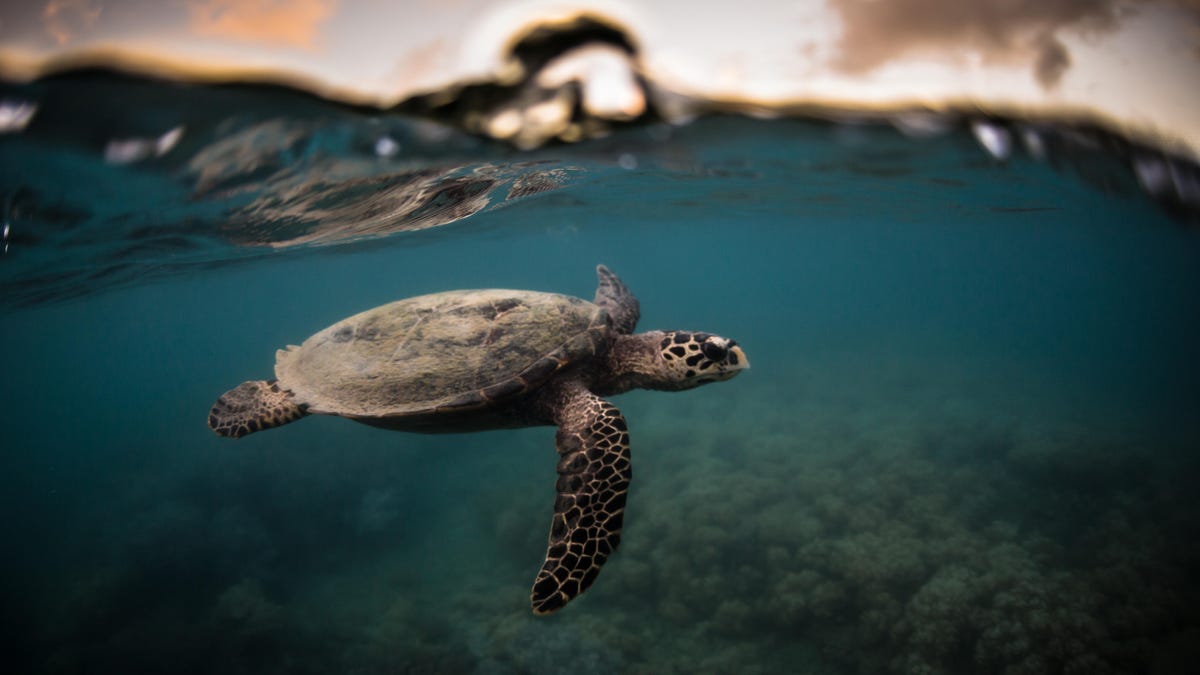
As plastic waste continues to grow, so does the trash that’s accumulating in the Pacific Ocean. Two huge floating islands of garbage are taking up hundreds of thousands of square miles of real estate in what’s known as the Great Pacific Garbage Patch.
The vortices of garbage in the Pacific harm marine life as well as the environment, exacerbating human-caused climate change. The effects of climate change have been widespread and mounting, including melting of polar ice, rising sea levels and extreme weather. Many efforts are underway to address the issues, from international agreements coming out of the UN’s COP conferences to individual choices like switching to solar energy, but much remains to be done.
While climate change is largely caused by human-made greenhouse gas emissions from the burning of fossil fuels for energy — with the top three emitters worldwide being China, the US and the EU — microplastics and trash in our oceans do contribute to the climate crisis.
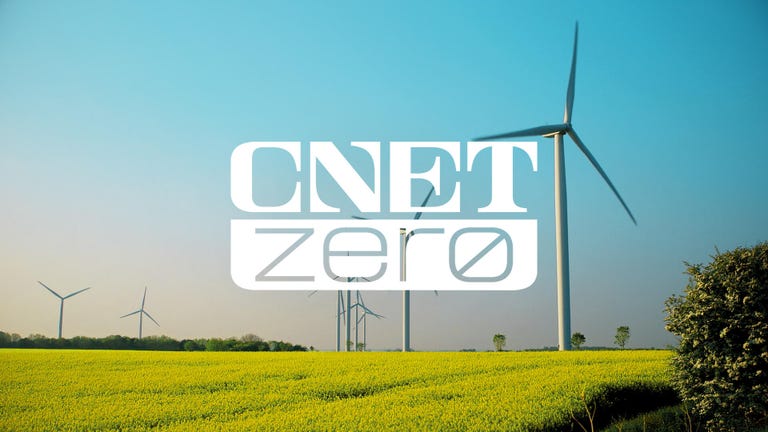
Ocean plastic damages air quality, pollutes the atmosphere and contributes to global warming, according to Iberdrola, a multinational electric utility.
Sunlight and heat cause plastic to release powerful greenhouse gasses. The WWF says as the planet gets hotter, the plastic breaks down into methane and ethylene, which increases the rate of climate change.
Chemical components and legacy pollutants also absorb into the plastic marine animals are eating, Nancy Wallace, director of the Marine Debris Program at the National Oceanic and Atmospheric Administration, told CNET.
It’s why environmental nonprofit Ocean Cleanup is working to clear the mess out. From August 2021 through August 2023, the Ocean Cleanup deployed Jenny (System 002), its first large-scale cleaning system. Over its two-year span, it cleared out more than 623,439 pounds of trash. The crew launched its newest cleaning system, System 03, in late August 2023.
Addressing the climate crisis requires reducing pollution in the oceans, which accumulate an additional 14 million tons of plastic yearly.
Here’s what you need to know about the islands of trash in the Pacific Ocean, and how you can help with the cleanup.
Where is the Great Pacific Garbage Patch?
The garbage patch is two vortices filled with trash in the Pacific Ocean. The two whirlpools of human detritus are known as the Western Garbage Patch (closer to Japan) and the Eastern Garbage Patch (closer to California and Mexico).
They’re also known as gyres, which is when two ocean currents come together and create a hurricane-like current, Wallace said. Materials then get caught in the gyres.
While you may think the patches are solid masses of tangled plastic, they’re actually dispersed across hundreds of miles of the Pacific. You could sail through the patches without even noticing you’re in them. This is because as much as 70% of the trash eventually sinks to the bottom of the ocean, Wallace said, and more evidence shows it sinks into a water column, which is why it’s not all on the surface.
How large is the garbage patch?
The Ocean Cleanup estimates that the Great Pacific Garbage Patch occupies 1.6 million square kilometers, about twice the size of Texas, or three times the size of France. It’s estimated to span around 620,000 square miles.
However, the actual size of the island of trash is unknown, since not all of the trash sits on top of the water, Wallace said, and it’s a moving target due to waves and wind. It does, however, stay within a specific area due to ocean currents.
How much trash is in the garbage patch?
There’s an estimated 1.8 trillion pieces of trash in the garbage patch, according to Conservation.org, which also projects that by 2050, the mass of ocean trash from plastic will outweigh its fish.
During its sampling, the Ocean Cleanup said it found more than 1.8 trillion pieces of plastic in the patch, weighing an estimated 80,000 tons. The organization said that number is a midrange value, and its calculations estimated that it may range from 1.1 to 3.6 trillion pieces.
At least 11 million tons of plastic enter all the oceans each year, and ocean-borne plastic is forecast to double by 2030, according to the Ocean Conservancy.
What kind of garbage is in the mounds of ocean trash?
Most of the trash comes from land in North America and Asia, like plastic bottles and straws that have found their way into the ocean. Trash can eventually make its way into the ocean from land-based sources, such as rivers, storm water and littering.
However, 20% comes from boats or ships that discard debris into the ocean, including lost fishing gear, according to the National Marine Sanctuary Foundation.
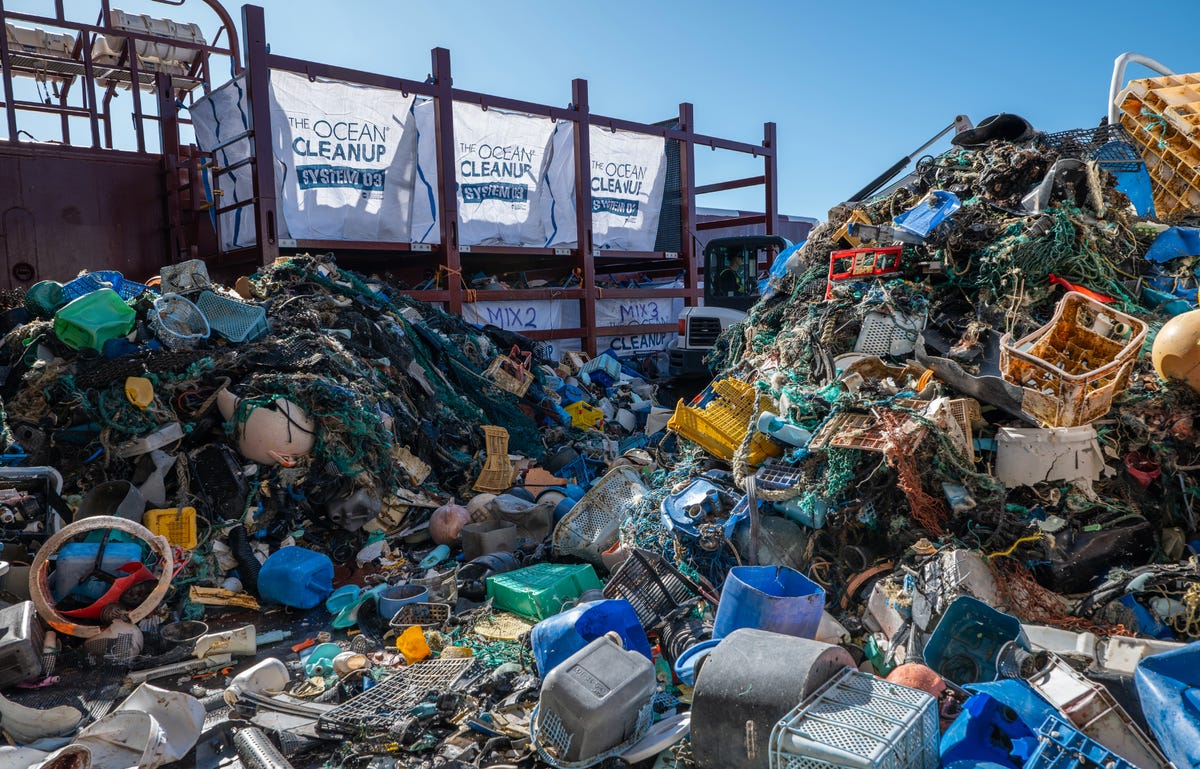
How does the garbage affect marine life?
You’ve likely seen photos of sea turtles and whales with fishing nets tangled around their bodies and shells. This is just one terrible effect that human-generated debris has on marine life.
Animals in the ocean can also ingest the plastic debris, which can harm their digestive tracts and make them feel as though they’re full, Wallace said. This results in the animals not eating the food they need to survive. The plastic could also lacerate their organs.
Microplastics can also damage the ocean
Microplastics are less than 5 millimeters long and come from larger debris that breaks down into smaller pieces, so they’re much harder to filter out. These small plastics can likewise pose a threat to aquatic animals as they ingest the debris.
But can eating fish that have consumed these microplastics hurt humans? Ocean Cleanup says when animals eat the plastics containing chemicals, there’s a possibility the chemicals could eventually make their way up the food chain to people.
What’s being done to clean up the ocean trash?
Groups are working to prevent more trash from ending up in the garbage patches by reducing the number of single-use products, such as bottles and straws. There are also people working on cleanup and removal of debris on or near the shore, because it’s easier to get land trash picked up.
Other groups are looking at doing open ocean cleanup to collect debris like fishing gear and other smaller pieces that are floating around, but there are some challenges since the Pacific Ocean is so big and deep.
Organizations like the WWF and Ocean Conservancy are also working closely with partners to focus on standardized regulations for businesses that regularly use plastic or that design products made primarily from plastic, Wallace said.

What can I do to help clean up ocean trash?
While a lot of the garbage is being produced by big corporations and dumped by ships, there are some things you can do on a personal level to help.
- Avoid adding to the problem. For instance, stop littering and start using reusable water bottles and shopping bags instead of single-serve plastic bottles or plastic bags that can easily wind up in waterways.
- If you live near an ocean, volunteer to help clean the shoreline to help remove debris on shores.
- If you don’t live near an ocean, you can help clean up parks, local neighborhoods, stormwater drains and other waterways, as trash in those areas can eventually end up in marine environments.
- Donate to different organizations that support removing the trash, such as Ocean Conservancy and Oceana.
- Shop at companies that are working toward sustainability. They’ll typically have this info listed on their website — for instance, Amazon has a sustainability page with its goals.
- Vote in elections to support people in all levels of the government who advocate policies addressing climate change, including writing letters and making phone calls to your senators.
For more information, here’s what a carbon footprint is and if yours matters. Also, climate denial is evolving on YouTube — here’s how to make sense of it.
Technologies
Yes, This Swimming RoboTurtle Is Adorable. It Also Has an Important Environmental Mission
Beatbot is best known for making pool-cleaning robots, but it was its swimming robot turtle that won our hearts at CES 2026.
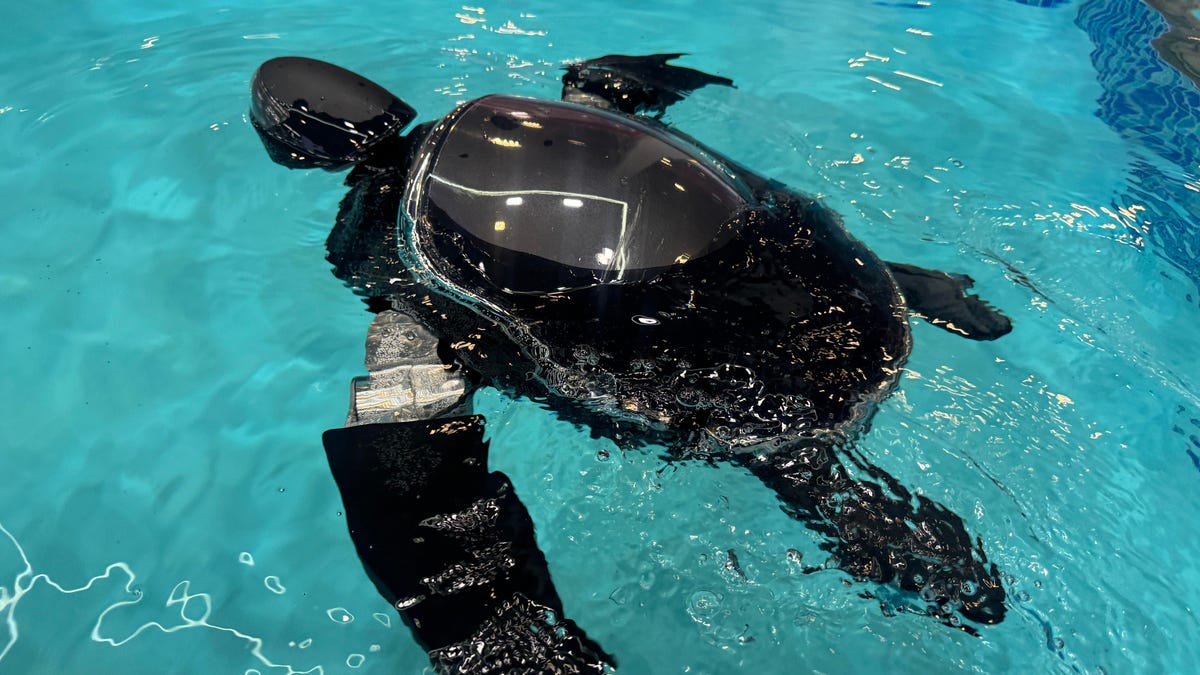
Few things in life have made me feel more privileged and awestruck than the opportunity to swim with sea turtles in their natural environment. The way in which these gentle creatures navigate through their underwater world with their deliberate and careful fin strokes is utterly mesmerizing to watch.
It’s a distinctive style of movement — so much so that when I saw Beatbot’s RoboTurtle swim across a water tank on the show floor at CES 2026, I knew that this wasn’t simply just a pool cleaner robot with turtle features tacked on. This was a studied example of biomimicry in action.
The reason for this is that the company’s engineers went on a two-month expedition to study sea turtles in their natural environment, Beatbot’s Eduardo Campo told me as we watched Turtini (the team’s affectionate nickname for RoboTurtle) splash around in its pool. «We did a lot of motion capture, like the things they use in movies, because we need to develop those joints that it has,» he said.
This isn’t RoboTurtle’s first time at CES — it also appeared in 2025 as a static concept. This is the year, however, it’s found its fins, so to speak. Not only can it swim, but it can also respond to hand gestures: I throw it an OK gesture, and it dances in response. But as cute and limber as it is, RoboTurtle is a robot with an important mission.
RoboTurtle is an environmental research tool, built with input from researchers and NGOs, which can go where humans or other machines cannot for fear of disturbing complex and delicate underwater ecosystems, particularly coral reefs. It can move silently and naturally in a way that won’t scare wildlife, monitoring water quality and fish numbers with its built-in camera.
«One of the groups that we’re working with, they want to study the coral reefs in near Indonesia,» said Campo. «There was a very big incident over there with a boat that came up onto a coral reef and it disrupted the environment, [so] they want the least intrusive robot possible.»
The group wants to deploy RoboTurtle for certain periods every year to monitor the recovery of the coral and monitor the fish population, he added. Beatbot is currently training the built-in AI to give RoboTurtle monitoring and recognition skills.
At CES, I watched RoboTurtle paddle about only on the surface of the pool, but it can also dive down up to five meters. However, it needs to resurface to send data and its GPS signal back to base, much like a real turtle that needs to come to the surface to breathe. This also gives it a chance to recharge via the solar panel on its back.
Even though I was impressed with RoboTurtle’s swimming ability, Campo estimates that the Beatbot team is still a year and a half away from perfecting its technique, with the robot ready for full deployment in between three to five years.
CES 2026 is a show where tech with a real purpose feels scarce, so it sure is refreshing to see a company use its expertise to build something designed with a sustainable future in mind. It might be a while until we see RoboTurtle take to the seas, but I’m glad that I got to witness it at this stage of its journey.
Technologies
These Tiny Robots Are Smaller Than Grains of Salt and Can Think, Move and Swim
Despite their size, the robots can navigate liquids, respond to their environment and operate without external control.
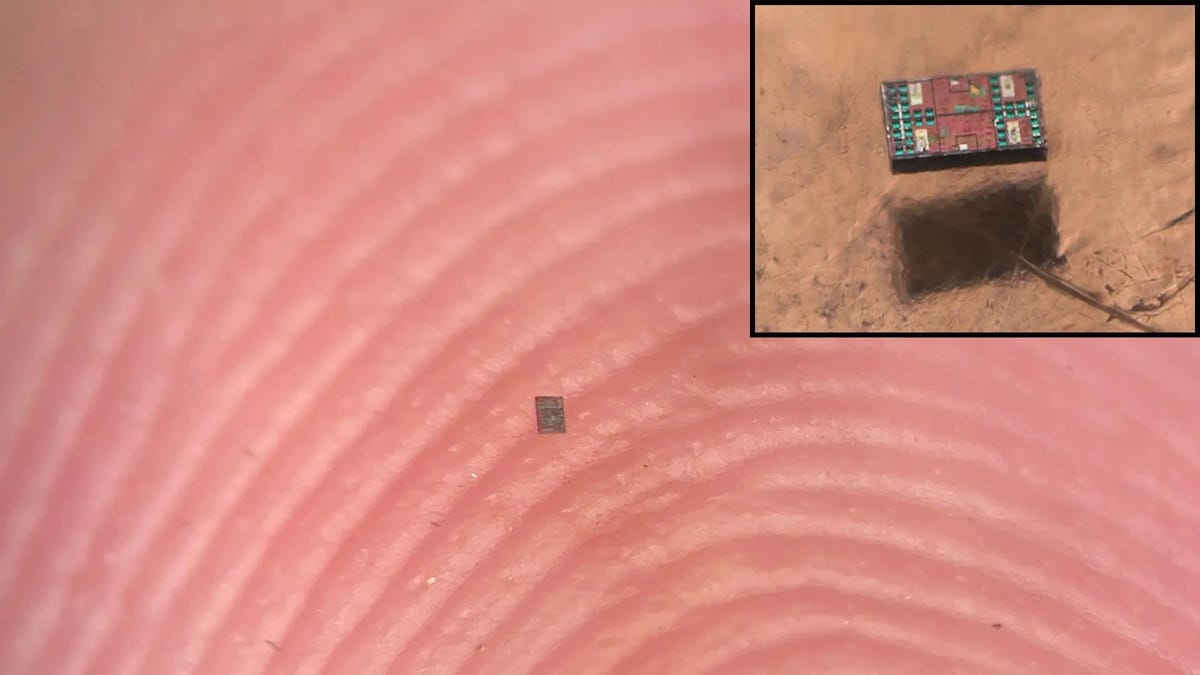
Robots smaller than a grain of salt? It sounds like science fiction, but researchers have developed autonomous microrobots that can move through liquids, sense their environment and operate independently using only light as a power source.
The microrobots, developed by researchers at the University of Pennsylvania and the University of Michigan, measure roughly 200 by 300 by 50 micrometers. Yet they can detect temperature changes, follow programmed paths and function independently for months at a time.
Their work was reported this week in two scientific journals, Science Robotics and Proceedings of the National Academy of Sciences.
Don’t miss any of our unbiased tech content and lab-based reviews. Add CNET as a preferred Google source.
«We’ve made autonomous robots 10,000 times smaller,» senior author Marc Miskin, assistant professor in electrical and systems engineering at Penn Engineering, said in a statement. «That opens up an entirely new scale for programmable robots.»
Powered entirely by light, the robots don’t move using mechanical limbs. Instead, they generate tiny electrical fields that push ions (electrically charged particles) in fluid to create motion, an approach better suited to the unique physics of the microscopic world, where traditional motors don’t work.
Unlike earlier microrobots, these devices combine sensing, computing, decision-making and movement in a single, self-contained system at an extremely small scale.
Previous efforts in microrobotics have often relied on external controls, such as magnetic fields or physical tethers, to guide movement. These new microrobots, however, incorporate their own miniature solar cell-powered processors, allowing them to respond to their environment, communicate through patterned movements visible under a microscope and carry out tasks without outside direction.
Potential applications include monitoring biological processes at the cellular level, supporting medical diagnostics or helping assemble tiny devices. Because each robot can be mass-produced at very low cost, the technology opens new avenues for research and engineering at scales that were previously unreachable.
Technologies
Today’s NYT Mini Crossword Answers for Wednesday, Jan. 7
Here are the answers for The New York Times Mini Crossword for Jan. 7.
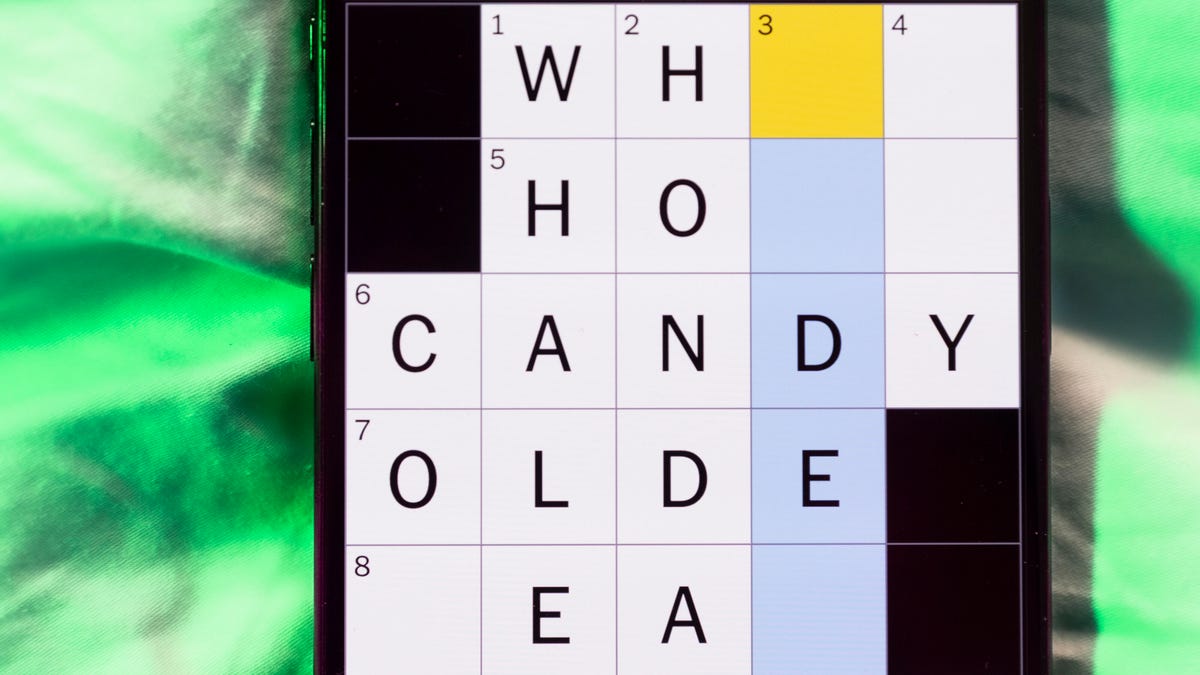
Looking for the most recent Mini Crossword answer? Click here for today’s Mini Crossword hints, as well as our daily answers and hints for The New York Times Wordle, Strands, Connections and Connections: Sports Edition puzzles.
Need some help with today’s Mini Crossword? I thought today’s was a tough one — I couldn’t solve too many of the Across clues and had to move on to the Down clues to fill in the answers. Also … look at the answer for 3-Down! Are we using Gen Z slang now as if everyone knows it? Anyway, if you want all the answers, read on. And if you could use some hints and guidance for daily solving, check out our Mini Crossword tips.
If you’re looking for today’s Wordle, Connections, Connections: Sports Edition and Strands answers, you can visit CNET’s NYT puzzle hints page.
Read more: Tips and Tricks for Solving The New York Times Mini Crossword
Let’s get to those Mini Crossword clues and answers.
Mini across clues and answers
1A clue: Planning to, informally
Answer: GONNA
6A clue: ___ tolls (GPS setting)
Answer: AVOID
7A clue: Pulsed quickly, as the heart
Answer: RACED
8A clue: Draw an outline of
Answer: TRACE
9A clue: Prefix with loop for theoretical high-speed transport
Answer: HYPER
Mini down clues and answers
1D clue: Wayne’s sidekick in «Wayne’s World»
Answer: GARTH
2D clue: Egg-producing organ
Answer: OVARY
3D clue: «I’m serious!,» in slang
Answer: NOCAP
4D clue: Sister’s daughter
Answer: NIECE
5D clue: Snake that sounds like it would be good at math?
Answer: ADDER
Don’t miss any of our unbiased tech content and lab-based reviews. Add CNET as a preferred Google source.
-

 Technologies3 года ago
Technologies3 года agoTech Companies Need to Be Held Accountable for Security, Experts Say
-

 Technologies3 года ago
Technologies3 года agoBest Handheld Game Console in 2023
-

 Technologies3 года ago
Technologies3 года agoTighten Up Your VR Game With the Best Head Straps for Quest 2
-

 Technologies4 года ago
Technologies4 года agoBlack Friday 2021: The best deals on TVs, headphones, kitchenware, and more
-

 Technologies4 года ago
Technologies4 года agoVerum, Wickr and Threema: next generation secured messengers
-

 Technologies4 года ago
Technologies4 года agoGoogle to require vaccinations as Silicon Valley rethinks return-to-office policies
-

 Technologies4 года ago
Technologies4 года agoOlivia Harlan Dekker for Verum Messenger
-

 Technologies4 года ago
Technologies4 года agoiPhone 13 event: How to watch Apple’s big announcement tomorrow
